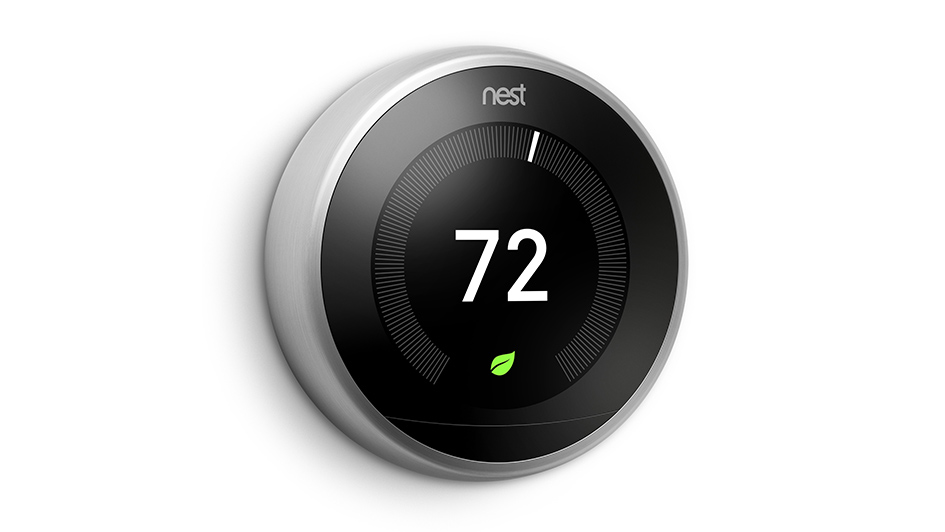
The Nest thermostat is one of the top-selling smart thermostats you can get. And for good reason. It figures out your temperature preferences and creates an energy-efficient schedule to match. And using geofencing with your phone, the Nest Learning Thermostat and Nest E are aware of when you’re at your home or gone and can raise and lower temperatures to help you save even more.
The Nest can be used with a full range of 24-volt heating and cooling systems, but it’s always a wise idea to check the Nest thermostat compatibility checker before installing one. Don’t forget to talk with your energy provider for valuable rebates, because you could be able to get a Nest for free or close to it.
Once you’ve confirmed it’s compatible, you can either hook it up on your own or hire a HVAC specialist like Thurston Heating & Air Conditioning. If you’re wiring it yourself, you’ll see a terminal for the C-wire, or common wire. This wire is solely used for powering your thermostat. If your residence or HVAC system is older, you might not have one of these wires. Most of the time, Nest says this isn’t a problem since the thermostat can pull ample power from other heating and cooling wires.
In some cases, your heating and cooling system might need that C-wire. And here’s why.
Why Your Nest Keeps Losing Power and Other Issues
The Google Nest Thermostat is an improvement from outdated programmable thermostats that have a combination of wiring and AA batteries for power. It relies on a rechargeable lithium-ion battery and wiring to link to Wi-Fi, power its digital display and operate your heating and cooling system.
8 Common Nest Thermostat Malfunctions
If it can’t get ample juice, Nest says you might run into some of these issues:
- Bad battery life.
- Thermostat motion sensing won’t operate.
- Your thermostat occasionally disconnects from Wi-Fi.
- Your system suddenly turns on or off, or won’t stop running.
- Your system is making weird noises, like chattering, stuttering, clicking or thumping.
- Heating or cooling is short cycling, or repeatedly turning on and off in a short period of time.
- There is a delay notice on your Nest thermostat’s screen, like “heating is delayed for 2:30 minutes.”
- The system fan is always running, won’t turn on or turns off and on repeatedly in a short period of time.
You might believe something is suspect with your heating and cooling system, but if you just started using the Nest, we suggest you begin with your thermostat first. This is especially true if the weather is temperate, and you haven’t been relying on your heat or air conditioning much.
Our Pros Can Fix Nest Thermostat Problems
If you’ve tried Nest thermostat troubleshooting without help but can’t repair the problem, a smart thermostat specialist such as one from Thurston Heating & Air Conditioning can support you. We can identify the issue and add a C-wire, if needed.
Smart thermostats like the Nest are made to make your life easier, with automatic energy-efficient programming and the option to monitor temps while you’re out. It’s a time-consuming experience when yours won’t operate like it should, but our heating and cooling pros at Thurston Heating & Air Conditioning can take care of the trouble fast.
If you’re running into atypical heating and cooling behavior with your new Nest, give us a call at 308-624-3485 to book your appointment right away.
